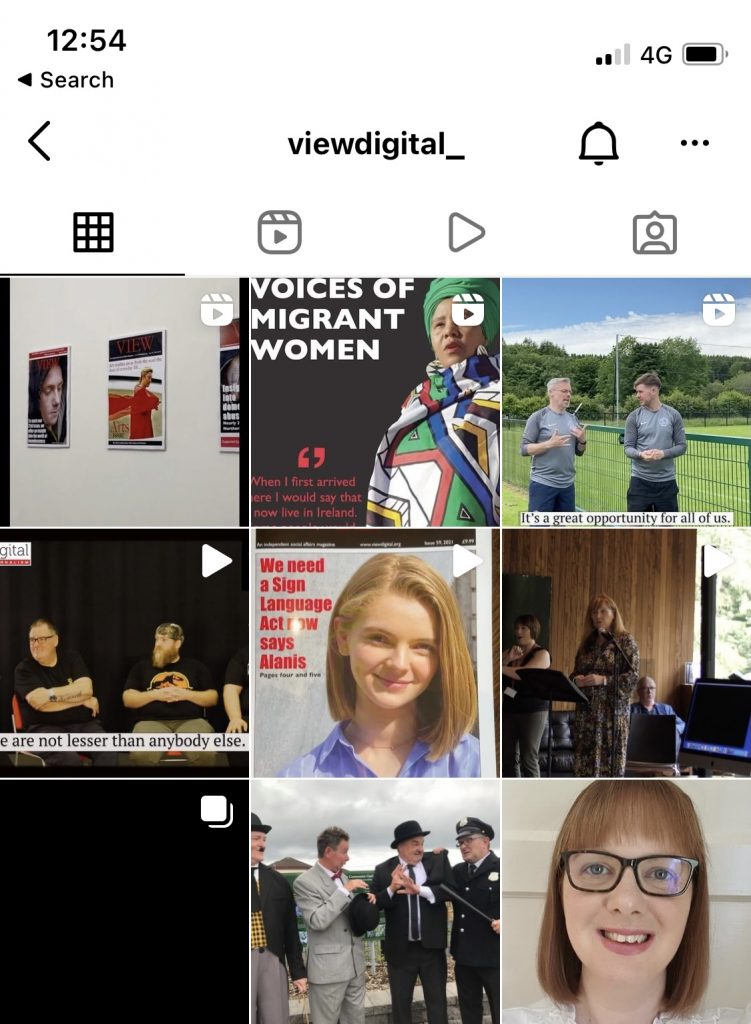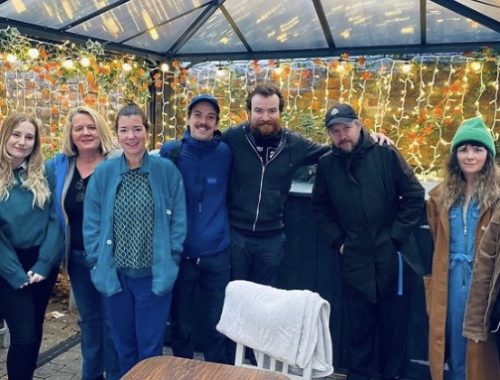Life will always have its challenges.
Life will always have its challenges.
This is a statement most of us have been told throughout our lives, and while it may sound somewhat pessimistic, it is the undeniable truth. However, challenges, big or small, help develop our skills and reactions to problems ahead. As in any work environment, I came across my own fair share of challenges while completing my work placement at View Magazine. The following blog will evaluate the challenging aspects of my placement while reflecting on my reaction to the challenges I faced, using the Boud et al. model of reflection.
The Boud model of reflection consists of two elements: the experience and reflection. The experience focuses on the experience itself along with the initial behaviours, ideas, and feelings associated with the experience. The reflection allows for analysis of the experience as Richard Edwards et al. (1996,33) claim ‘reflection is an important human activity in which people recapture their experience, think about it, mull it over and evaluate it. It is this working with experience that is important in learning.’ Furthermore, it is suggested that ‘It is only when we bring our ideas to our consciousness that we can evaluate them and begin to make choices about what we will and will not do,’ where Edwards’ (1996,33) reminds us of the importance of reflection.

Experience
It was time for a new task during my placement, for this task, I was asked to improve View magazine’s Instagram account. This entailed improving both the media uploaded to the account and the audience interaction with the Instagram, for example, increasing like count, post and story views and following. My initial reaction to the task was enthusiasm as social media is something I interact with every day and is an area I felt I had both an interest and basic knowledge in. From here I had to think of ideas; how was I going to change an Instagram account, which usually had a like/view count of around eight users, to a wider audience? This was going to take time to build and work on, and while I did have slight concerns about how I would go about adapting their social media, I remained confident that in the end, I would have it to increase to something other than eight likes. My overall feelings toward the challenge were more positive than negative. I felt genuinely interested in the task at hand and knew that creating media that was visually captivating would be a challenge. However, this was an area I did feel comfortable in. Overseeing the growth of the Instagram page was an exciting opportunity where I felt I had to prove I could make a change.
My first mode of action was to create a more professional look to the Instagram. I ensured my Instagram reels and posts looked good and visually intriguing as Newberry and Sehl (2021) claim ‘Instagram is all about visuals, so it is important to have a recognisable visual identity.’ To ensure this, I only used crisp video footage and added components such as the View Magazine logo and subtitles to make it both easy to engage with while promoting the company logo. Through research, I was able to find tips in helping boost the interaction with the page; for example posting at times in the day when users are more likely to be active online, such as after work and using relevant hashtags. I also knew I needed to post often for a social media page to keep audience interest and made this a goal of mine.

Reflection
Upon reflection, I believe researching new methods of using social media was an extremely powerful method in increasing engagement with the page. Through research, I was able to use proven methods which were ultimately successful, and I noticed an obvious improvement from my first post right through to my last due to an increased understanding of the app. When uploading my first post, I was pleased with the look and content of the media. However, upon uploading, the thumbnail, which would be visible to users visiting the Instagram page, appeared as a black square due to the video starting from a black background dissolving into the actual video. After my first post, I needed to reflect on the changes I needed to make in the future as David Boud et al (1994, 12) describes ‘learners need to describe their experience, to work through the attitudes and emotions which might colour through the attitudes and emotions which might colour their understanding, and to order and make sense of the new ideas and information they have retained.’ Where through reflection I was able to determine how my mistake affected the aesthetic of the page, however, was a challenge I was able to tackle in my future posts as I made changes to how I edited the videos.
I believe a strength of mine was increasing the number of people the videos reached, going from an approximate eight views to reaching over 1,000. This was due to my use of hashtags, which were relevant to the video but also to a wider audience, for example using #northernireland I was able to reach anyone who had searched Northern Ireland on Instagram. Furthermore, I was pleased with my work as I was able to see a display of growth.
While I had success in the growth of views, I struggled to gain substantial growth in the number of followers but believe with more time this would have been an area I would have focused on in depth.
Outcomes and conclusion
Overall, I believe the challenging aspect of my task allowed me to develop my skills both in video editing, due to the consistent uploading schedule, and in my role as social media coordinator. Through the evident increase in engagement on the page, I was able to display my ability to create a successful social media page and although I faced setbacks, I believe they only provided me with learning curves and targets for the next post. My placement and the challenges within it have opened my eyes to a working environment and has provided me with confidence and knowledge I can bring into my work in a graduate role. One thing I am sure of; life will always have its challenges.
Bibliography
Boud, David, Keogh, Rosemary and Walker, David, Reflection: Turning Experience into Learning, 2 edn (London and New York: RoutledgeFalmer, 1994), p. 12
Edwards, Richards, Hanson, Ann and Raggatt, Peter, Boundaries of Adult Learning, 1 edn (London: Routledge, 1996), p. 33.
Newberry, Christina and Sehl, Katie, How to use Instagram for Business: a Practical Step by Step Guide (2021) <https://blog.hootsuite.com/how-to-use-instagram-for-business/> [accessed 22 March 2022].

The Equity Of Detachment
Lets all get Involved
You May Also Like

Patience is a Virtue
26 March 2022
Improvising like jazz
27 March 2022
